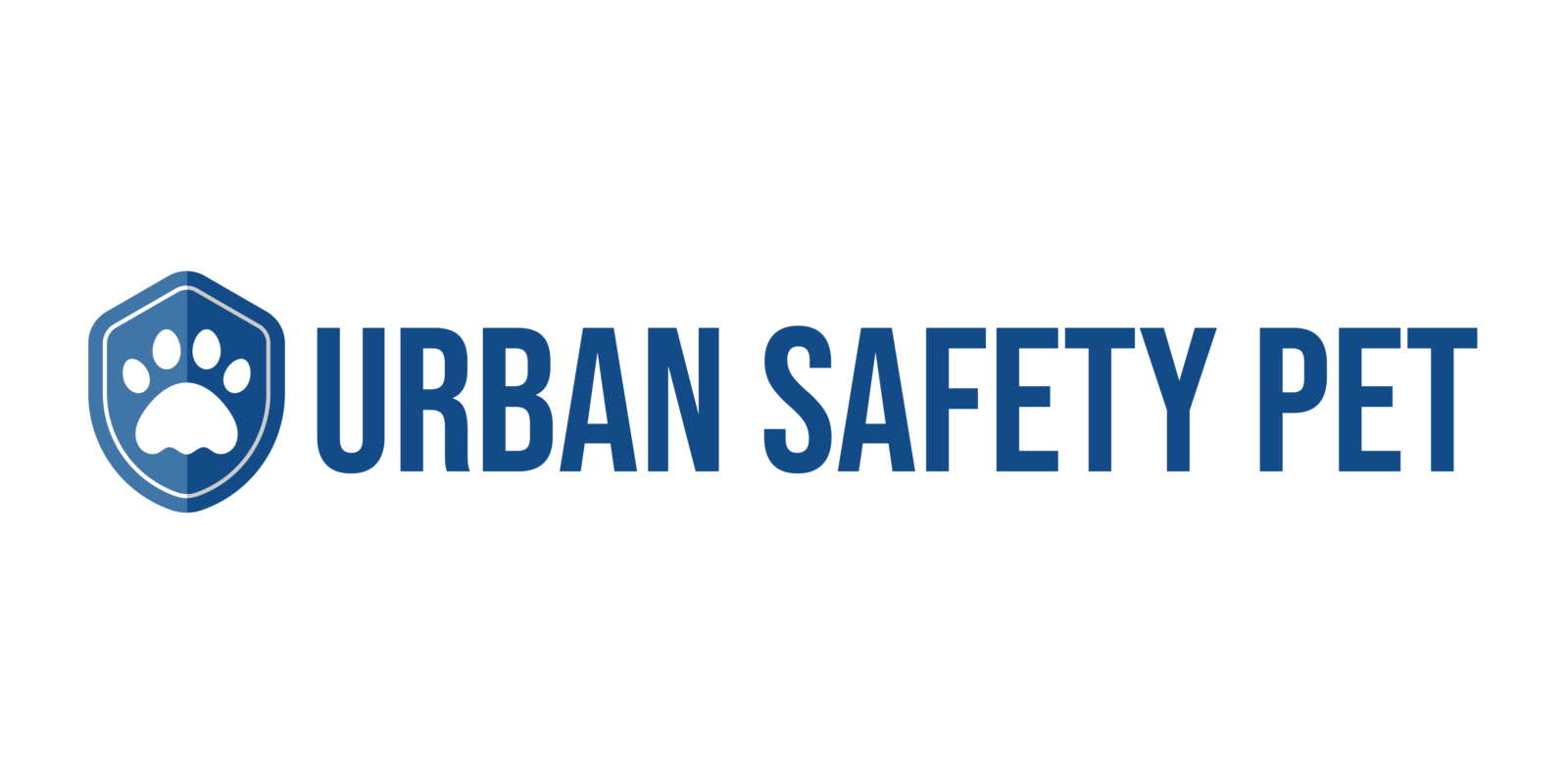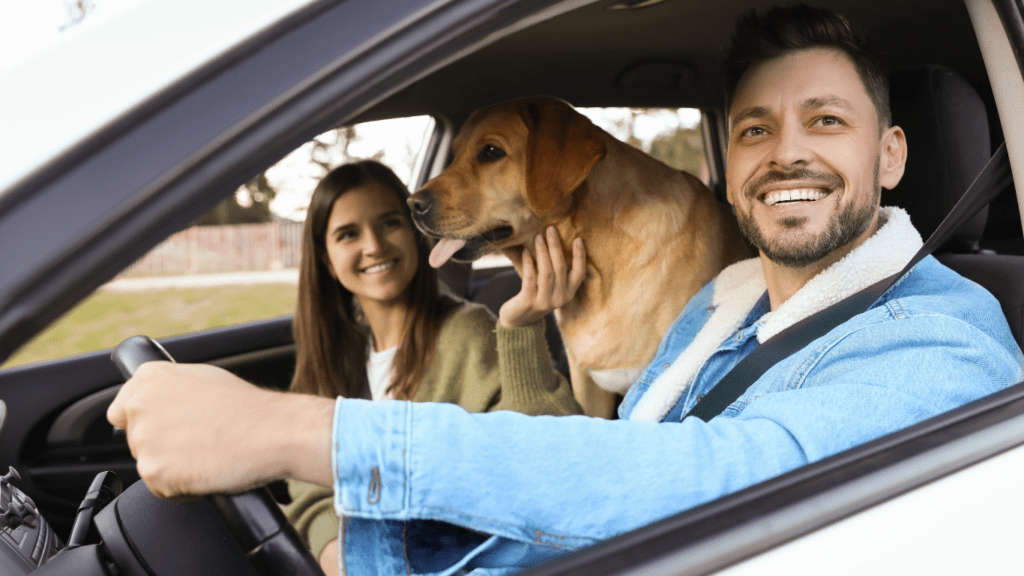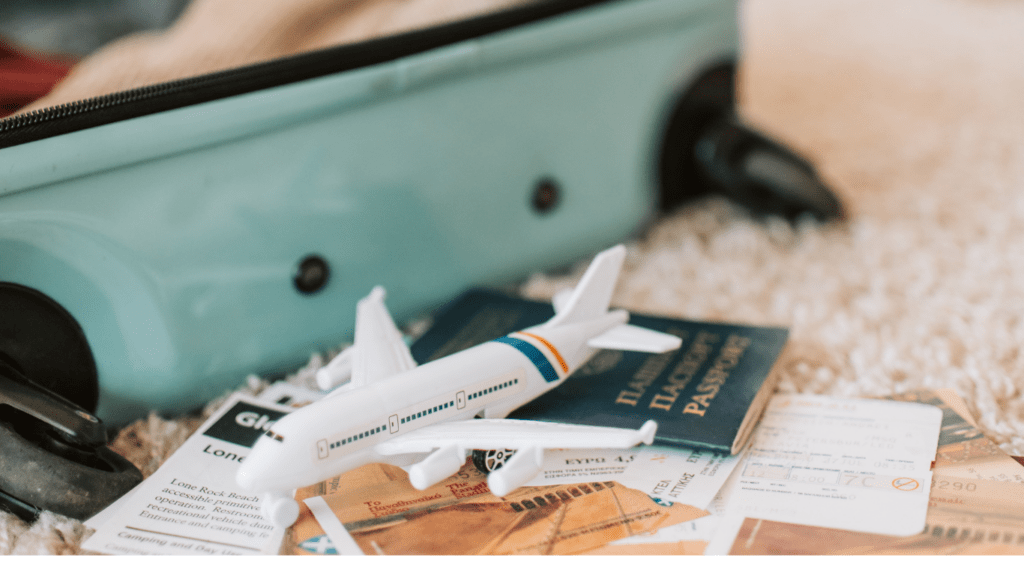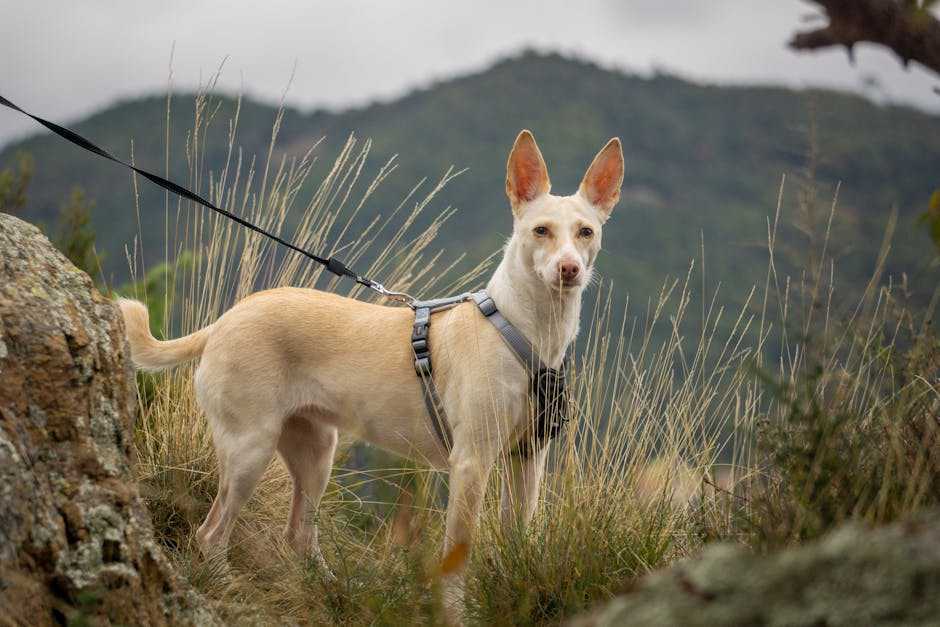Preparing for Your Trip
Planning ahead is crucial for a smooth travel experience with your pet. Key preparations include visiting the vet, packing essentials, and finding pet-friendly accommodations.
Visit the Vet
A vet visit ensures your pet is travel-ready. Have your vet update vaccinations and provide a health certificate if required by your destination. Discuss any medications or treatments your pet might need. This step helps in identifying any health issues that could be exacerbated by traveling.
Packing Essentials
Packing for your pet requires thoughtful consideration. Essential items include:
- Food and Water: Pack enough for the duration of your trip. Don’t forget portable dishes.
- Medications: Include any regular medications and a first-aid kit.
- Comfort Items: Bring familiar toys and blankets to reduce stress.
- Travel Crate or Carrier: Secure and comfortable for transport.
Research Pet-Friendly Accommodations
Ensure your stay is comfortable by researching pet-friendly accommodations in advance. Confirm pet policies and any additional fees or restrictions. Sites like BringFido and Booking.com list pet-friendly hotels, making your search easier.
By taking these preparatory steps, you create a safer, more enjoyable travel experience for your pet.
During the Journey

Keeping your pet healthy during the journey ensures a more enjoyable experience. Follow these tips to manage travel by car or air and to keep your pet calm.
Car Travel Tips
- Safe restraint is crucial. A pet seatbelt harness or secured travel crate prevents injuries.
- Frequent breaks are essential for stretching and relieving themselves.
- Offer water at each stop to avoid dehydration.
- Avoid feeding your pet right before or during the trip to prevent motion sickness.
- Maintain a comfortable temperature inside the car and never leave your pet alone in a parked vehicle, even for short periods.
- Ensure windows are sealed enough to prevent your pet from poking its head out.
Air Travel Guidelines
Ensure you’ve checked airline policies for pet travel. A health certificate issued within 10 days of the flight is often required. Use an airline-approved crate with adequate ventilation and enough space for your pet to stand and turn. Attach a recent photo of your pet to the crate, along with contact information and any essential care instructions. Feed your pet a light meal four hours before the flight to prevent discomfort. Avoid sedating your pet unless recommended by a vet.
Keeping Your Pet Calm
Familiar items, like a favorite toy or blanket, offer comfort. Practice short trips before the journey to help your pet adjust. Speak calmly and maintain a soothing environment to reduce anxiety. Use pet-calming products, such as sprays or collars, that contain pheromones. If anxiety persists, consult with a vet for possible solutions like supplements or medications.
By being prepared, I ensure my pet stays healthy and calm throughout the journey.
At Your Destination
Arriving at your destination with your pet means continuing care and attention. Ensure your pet stays healthy and happy during your stay.
Maintaining Routine
Maintaining your pet’s routine helps reduce stress. Keep feeding, walking, and playtimes consistent with your home schedule. Bring their usual food and treats to avoid dietary issues. Pets adapt better if they follow familiar patterns, especially in new environments.
Finding Local Vets
Locate local vets as soon as you arrive. Check online reviews, ask for recommendations, and verify their credentials. Having contact details ready helps in emergencies. Some hotels provide a list of nearby veterinarians, making the search easier.
Safe Exploration
Safe exploration is essential for your pet’s well-being. Use a leash and harness in unfamiliar areas. Inspect the environment for hazards like toxic plants or sharp objects. Ensure your pet is microchipped and wears an ID tag with current details, guaranteeing a prompt reunion if they get lost.
Nutrition and Hydration
Consistency in a pet’s diet and access to fresh water is crucial for their well-being while traveling. A well-thought-out plan ensures your pet remains healthy and comfortable.
Meal Planning
I pack enough of my pet’s regular food to last the entire trip. Changing a pet’s diet suddenly can cause digestive issues. I also bring portable, airtight containers to keep the food fresh and free from contaminants. If any portions deviate from the usual schedule, I introduce them gradually before traveling. Freeze-dried or dehydrated food options are convenient for reducing space and weight.
Access to Clean Water
I always ensure ample clean water for my pet throughout the journey. Carrying a collapsible bowl and bottled water avoids issues with unfamiliar water sources, which may contain contaminants or cause stomach upset. For longer trips, I use a filtering water bottle ensuring a supply of fresh, safe water. Hydration is essential, so I offer water at regular intervals, especially on hot days or after periods of activity.
Managing Stress and Anxiety
Travel can be stressful for pets, but there are ways to manage their anxiety effectively.
Familiar Comforts
Bringing familiar items can reduce a pet’s anxiety. Pack their favorite blanket, toys, and bed to provide a sense of home. These items carry their own scent, offering comfort in unfamiliar environments.
Signs of Stress
Recognize signs of stress to address them promptly. Common indicators in pets include excessive panting, whining, trembling, and destructive behavior. If these symptoms occur, it might help to take breaks, offer comfort items, or consult a vet for further advice.




